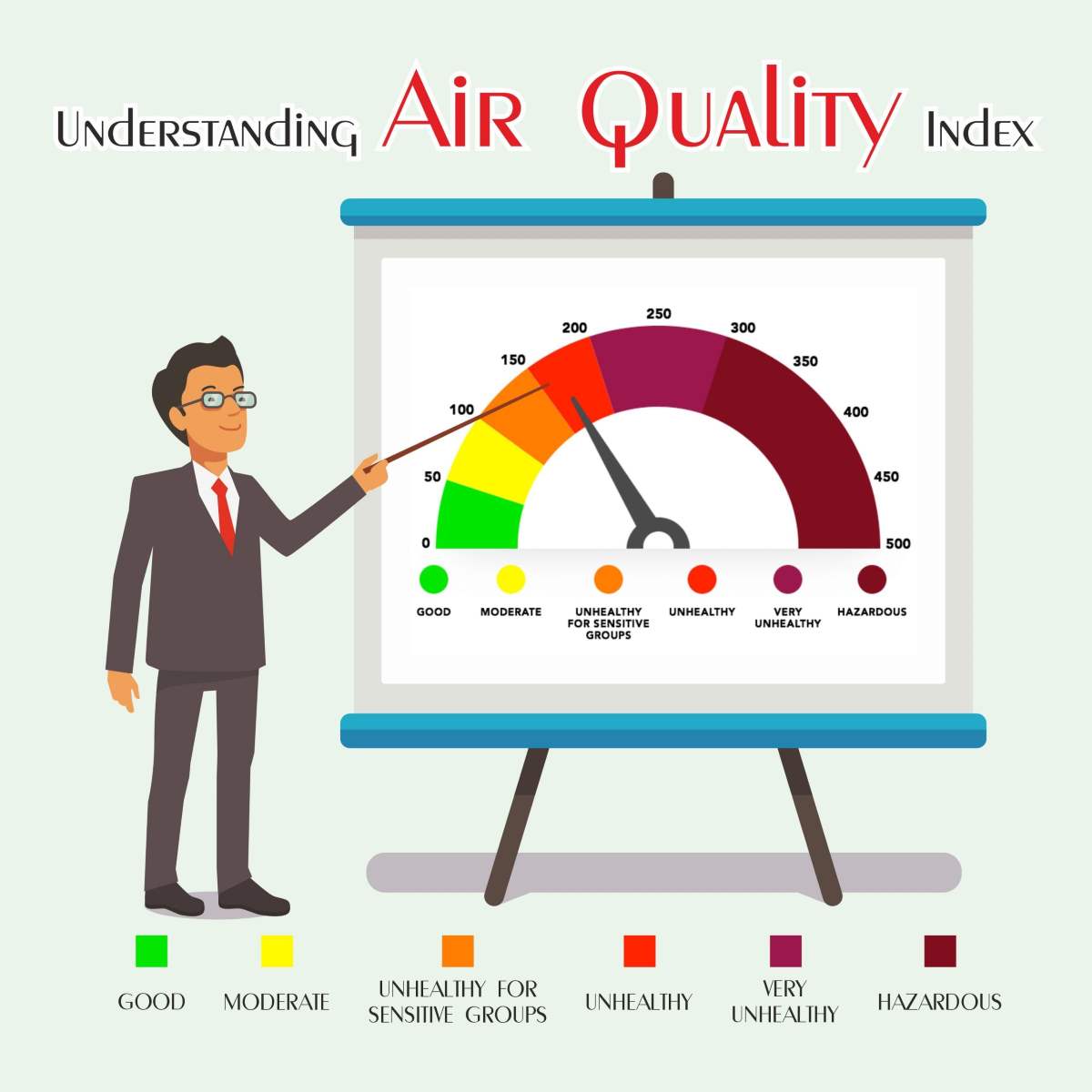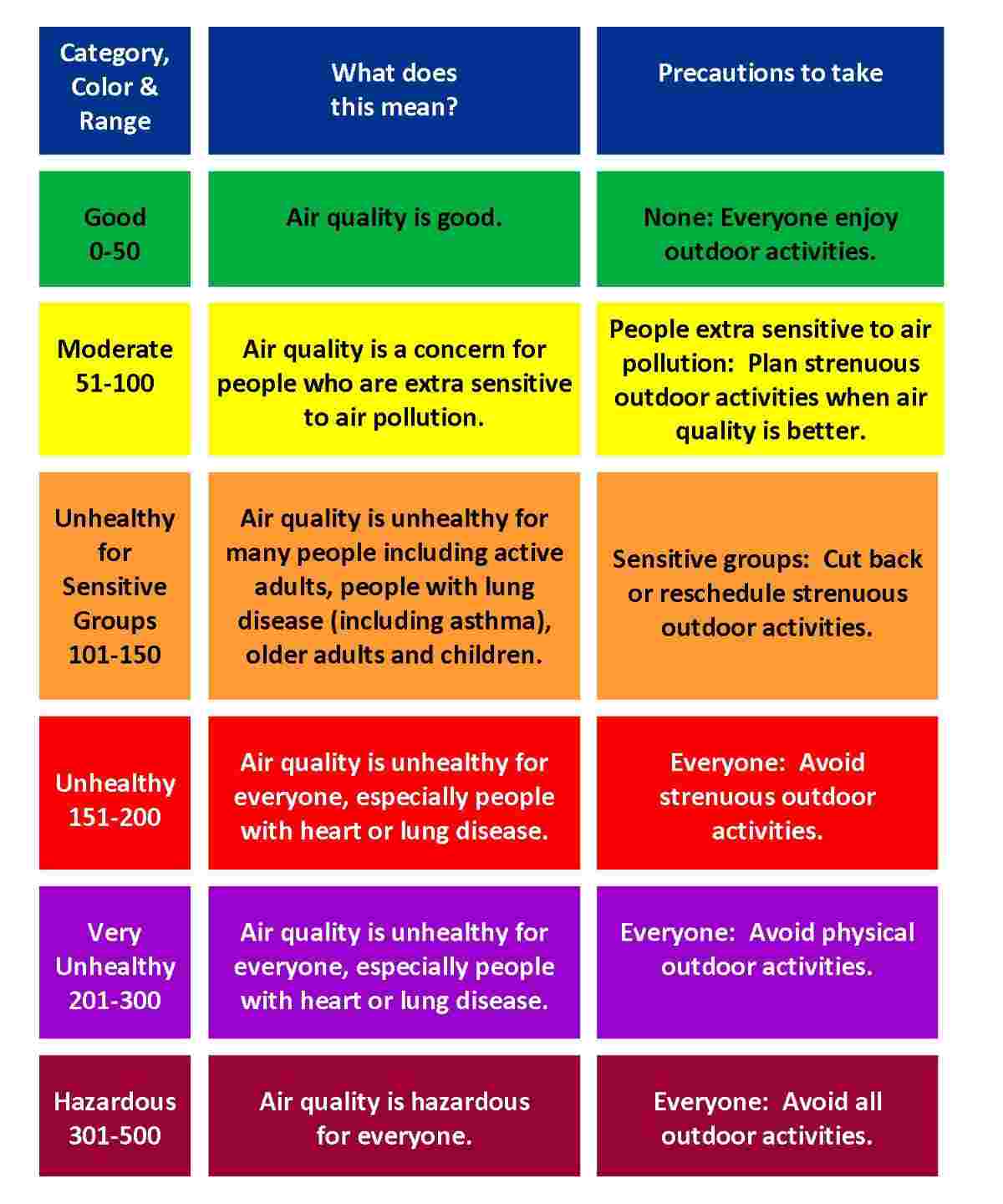According to the World Air Quality Index Report 2024, New Delhi is the second-most polluted city in the world, with an average AQI of 207.
The pollution level in India is increasing daily due to a combination of factors such as industrial emissions, vehicle exhaust, and crop burning.
The government of India has implemented various initiatives to combat air pollution, including promoting the use of electric vehicles and enforcing stricter emission standards for industries.
Despite these efforts, the battle against pollution in India remains a significant challenge that requires continued collaboration between government, industries, and citizens.

According to a report by the Press Information Bureau (PIB), Shri Prakash Javadekar, the Minister of Environment, Forests, and Climate Change, launched the 'National Air Quality Index' (AQI) in New Delhi.
During the event, Shri Javadekar described the AQI as "One Number, One Colour, One Description," making it easy for the public to assess the air quality in their area.
The index was developed as part of Prime Minister Narendra Modi's Swachh Bharat Mission. Let's deeply understand what an AQI means and how it can help in monitoring and improving air quality across the country.
For You:
- Global Hunger Index 2024 List: The 10 Most Affected Nations! Where Does India Stand?
- [Updated] Top 10 Richest Actors In The World
What is an AQI?
The Air Quality Index (AQI) is a standardised system used to communicate the quality of air in a specific area, indicating how polluted the air currently is or how polluted it is forecasted to become. It serves as a tool for public health awareness regarding air pollution levels and their potential health impacts.
Key Features of AQI
1) Measurement of Pollutants: The AQI is calculated based on the concentrations of five major air pollutants regulated by the U.S. Environmental Protection Agency (EPA):
- Ground-level ozone
- Particulate matter (PM2.5 and PM10)
- Carbon monoxide
- Sulphur dioxide
- Nitrogen dioxide
2) Colour-Coded Categories: The AQI is divided into six categories, each represented by a specific colour and corresponding health implications:
| Colour | Category | AQI Range | Description |
| Green | Good | 0-50 | Air quality is satisfactory, posing little or no risk. |
| Yellow | Moderate | 51-100 | Air quality is acceptable; some pollutants may affect sensitive individuals. |
| Orange | Unhealthy for Sensitive Groups | 101-150 | Sensitive groups may experience health effects; the general public is less likely to be affected. |
| Red | Unhealthy | 151-200 | Health effects may occur for the general public, but more serious effects for sensitive groups. |
| Purple | Very Unhealthy | 201-300 | Increased risk of health effects for everyone. |
| Maroon | Hazardous | 301+ | Health warnings of emergency conditions; everyone is more likely to be affected. |
Health Implications
As AQI values rise, so does the associated health risk, particularly for vulnerable populations such as children, the elderly, and individuals with pre-existing respiratory or cardiovascular conditions. For example:
An AQI value above 100 indicates that air quality is unhealthy for sensitive groups, and values above 150 can affect the general population.
Purpose and Use
The primary purpose of the AQI is to inform the public about current air quality conditions so they can take appropriate actions to protect their health.
This includes limiting outdoor activities on days when the AQI indicates poor air quality, especially during high pollution events like wildfires or heavy traffic.
The AQI provides a crucial framework for understanding air quality and its potential impact on public health, enabling individuals to make informed decisions about their outdoor activities based on current air conditions.
In Case You Missed| Top 10 Most Populated Nations of the World (2024)
What are the Main Pollutants Measured by the AQI?
The Air Quality Index (AQI) measures several key pollutants to assess air quality and its potential health impacts. The main pollutants included in the AQI are:
- Ground-level Ozone (O₃): A harmful air pollutant formed by chemical reactions between volatile organic compounds (VOCs) and nitrogen oxides in the presence of sunlight.
- Particulate Matter (PM): This includes two categories:
- PM2.5: Particles with a diameter of 2.5 micrometres or smaller that can penetrate deep into the lungs and enter the bloodstream.
- PM10: Particles with a diameter of 10 micrometres or smaller that can be inhaled and cause respiratory issues.
- Carbon Monoxide (CO): A colourless, odourless gas produced by burning fossil fuels, which can interfere with the body's ability to transport oxygen.
- Nitrogen Dioxide (NO₂): A reddish-brown gas that contributes to the formation of smog and is produced from vehicle emissions and industrial processes.
- Sulphur Dioxide (SO₂): A gas produced from burning fossil fuels containing sulphur, which can lead to respiratory problems and contribute to acid rain.
In some regions, additional pollutants such as Ammonia (NH₃) and Lead (Pb) are also monitored under specific AQI frameworks.
These pollutants are assessed based on their concentrations in the air, with the AQI providing a clear indication of air quality levels and associated health risks for the public.
Conclusion
With the introduction of AQI, it is much more efficient to monitor air quality and communicate potential health risks to the public. This has led to increased awareness and action towards reducing pollution levels in many cities around the world.
Although the current AQI for many Indian cities and states has reached over 200, the Indian government has implemented various initiatives to address air pollution, such as the National Clean Air Programme.

Additionally, public awareness campaigns have been launched to educate citizens on the importance of reducing emissions and improving air quality.
With these strategies and policies, India will certainly see a significant improvement in air quality in the coming years. The collaboration between government efforts and public participation will be crucial in achieving cleaner and healthier air for all residents.
Also Read| Top 10 Most Polluted Cities in India (2024) | Delhi Ranks First On the List
Comments
All Comments (0)
Join the conversation